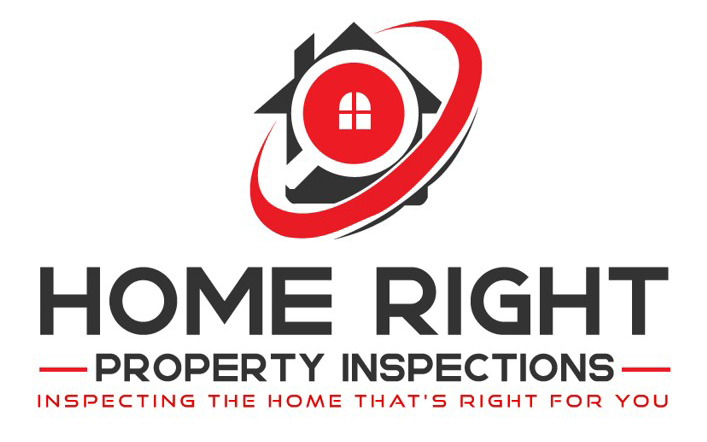According to the EPA, radon gas is the leading cause of lung cancer among non-smokers. This gas is colorless and odorless, making it impossible to detect without a test. Hire a professional to test for radon for the most accurate results. Here are a few things you can do to reduce the dangers of radon in your home.
Reduce Radon in Your Home
If professional test results show high radon levels, you’ll need to have a mitigation system installed. In the meantime, follow these easy steps to lower the amounts of radon gas in your living spaces.
1. Seal Cracks in the Foundation to Reduce radon in the Home
Radon is released when radioactive materials such as radium, uranium, and thorium decay underground. These elements are found naturally in the soil and rocks under your home. Typically radon dissipates harmlessly into the atmosphere, but it can seep into your home if there are cracks or other openings in the foundation. When radon enters the lower levels of a home, the HVAC system will circulate it throughout the house, putting everyone at risk.
Seal gaps and cracks in the foundation, basement walls, and even patio to help prevent the gas from seeping into your home.
2. Open Windows as Often as Possible
Good circulation reduces the chances of radon accumulating in your home. When the weather is favorable, open the windows to allow airflow through the property. Even on a cold day, try to open them for at least five or ten minutes to boost air circulation and replace stale indoor air with fresh air from outside.
3. Stop Smoking Inside Your Home
While refraining from smoking inside your house will not keep radon out, it will reduce the health risks associated with breathing in radon. If there are elevated radon levels in your home, cigarette smoke will increase everybody’s chances of getting lung cancer. If tests show high radon levels, stop smoking indoors and designate a place for smokers outside.
4. Prevent Radon in Your Home By Covering the Ground
The crawl space is one of the areas in your home where radon may accumulate. Exposed gravel or dirt under your property makes it easy for the gas to seep up. If you have a crawl space, make sure the floor is well-sealed. Use thick plastic sheeting to cover the ground, so there’s a barrier between the soil and your house. To further reduce radon, seal the walls of the crawl space with the same plastic sheeting.
5. Invest in a Radon Mitigation System
Invest in a radon mitigation system to circulate air and remove radon from your home. A professional will design and install the system specifically for your property. Mitigation systems usually consist of a vent pipe and fan to increase airflow and push radon outside the home.
Home Right Property Inspections offers inspections to homebuyers and sellers in Southern California. Contact us to request our services.

